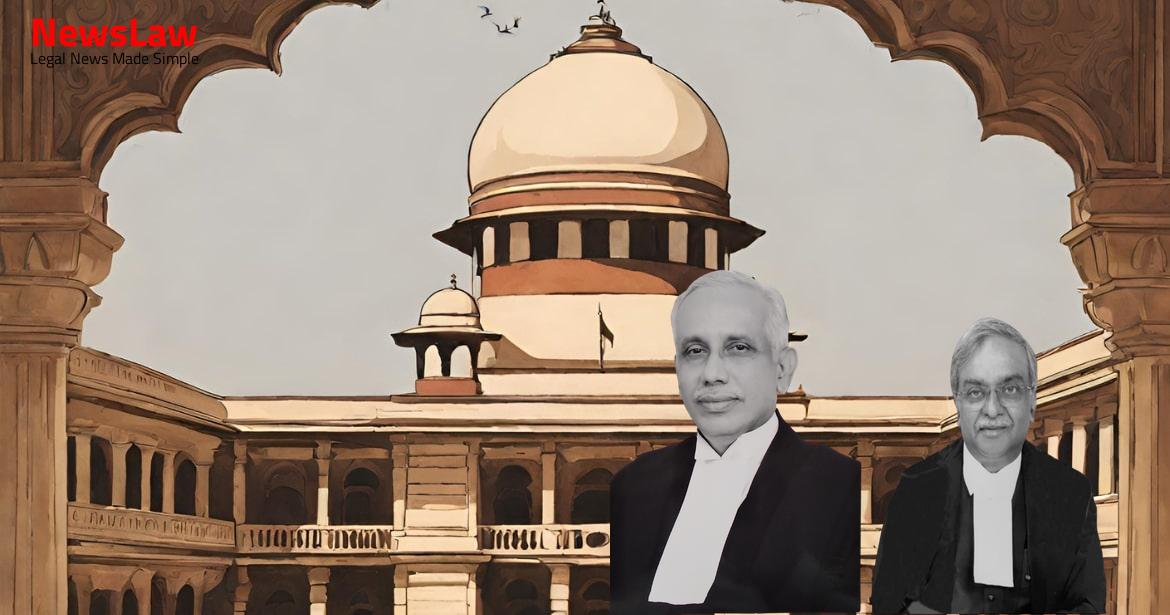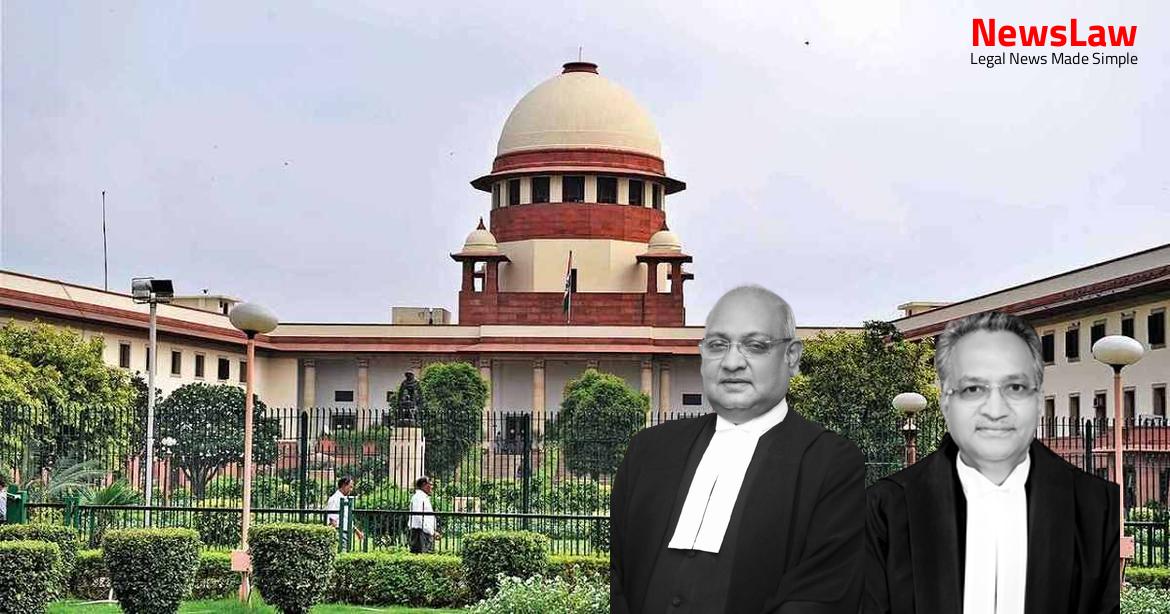Delve into the legal intricacies of establishing common intention in murder cases as highlighted by recent court rulings. The analysis emphasizes the significance of recognizing potential consequences in cases where severe assaults lead to fatal outcomes. Stay informed about the nuances of legal proceedings and the critical role of intent in criminal convictions.
Facts
- Sanjeev hit a cycle cart belonging to Sanjay near the latter’s house, leading to a dispute.
- A verbal altercation ensued between Sanjeev and Sanjay after the collision.
- Sanjeev returned with Kamal, Dhanpal, and Sant Ram to the scene of the incident.
- A collective assault took place on the victim Ajay, resulting in his death.
- Eye witnesses, including Sanjay, Narender Kumar, and Sobha Ram, provided a consistent account of the assault.
- The victim sustained seven injuries, including fatal stab wounds, leading to his death at the hospital.
- The Trial Court found the appellants guilty based on the testimonies of three witnesses of fact.
- Eyewitness accounts of P.W.1 (Sanjay), P.W. 3, and P.W. 4 were the primary evidence relied upon by the Trial Court.
- Kamal’s conviction was supported by the recovery of his bloodstained wearing apparels based on his statement.
- The Trial Court and the High Court concluded that there was a prior meeting of minds among all the four convicts.
- The foundation of conviction in the three appeals was the eyewitness account of the incident.
- All four accused persons were found guilty under Section 302/34 of the Indian Penal Code.
- Life imprisonment and a fine of Rs.2,000/- each were imposed on the accused persons.
- The Trial Court accepted the eyewitnesses’ depositions as credible, noting minimal contradictions or discrepancies.
Also Read: Legal Analysis: Ownership Dispute and Validity of Will Deed
Arguments
- The appellants argued that there was no evidence before the Trial Court to convict them under the relevant provisions.
- They claim they had no knowledge of Kamal carrying the knife or his intention to harm Ajay.
- However, evidence shows that the three appellants returned together to the scene and participated in the attack on the victim.
- Dhanpal urged to kill Ajay, and Kamal inflicted multiple injuries on the victim using the knife.
Also Read: Analysis of Curative Jurisdiction in Legal Dispute
Analysis
- In the case of Asif Khan vs State of Maharashtra and Another, it was ruled that to prove common intention to cause murder, overt act or possession of weapons by all accused is not necessary.
- In Rajkishore Purohit vs State of Madhya Pradesh and 7 Others, it was established that if the nature of the assault suggests that the target person is likely to die from resulting injuries, the accused should be deemed to have known the consequences of their act.
- The judgment highlights that the presence of weapons or overt acts by all accused is not a prerequisite to establish common intention to cause murder.
- The importance of understanding the potential consequences of one’s actions in cases where the assault is severe enough to lead to the target person’s death.
- The delay in registering the FIR was addressed through an explanation provided by the IO in a written communication.
- Discrepancies in witness statements regarding the exhortation by Dhanpal were noted by the defense counsel.
- Minor discrepancies in the oral evidence were acknowledged by the Trial Court.
- The various versions of the exhortation, such as ‘Lo Gadi wali Ko’ or ‘Le Lao Dhadi wale Ko’, were analyzed for pronunciation similarities.
- Statements of witnesses claiming their statements were recorded at the spot in the presence of the IO were discussed, leading to the trial court’s assessment of the discrepancies.
- The defense counsel pointed out discrepancies related to the use of words for exhortation by Dhanpal in witness testimonies.
- The discrepancies in the witness statements were further elaborated upon, emphasizing that minor discrepancies are common in criminal trials and should not discredit the overall testimony.
- The IO’s account of recording statements at the spot after returning from the hospital was contrasted with the witness statements claiming the same.
- The Trial Court’s handling of discrepancies and discrepancies highlighted by the appellants in the depositions of the prosecution witnesses were discussed.
- Eyewitnesses were known to the deceased, no neutral witness present
- Court of first instance and First Appellate Court already examined evidence, found in favor of prosecution
- No error found in the judgment of conviction and order of sentence for the appellants
- Delay in registering the FIR properly explained, conviction cannot fail due to that reason
Also Read: Contractual Interpretation in Real Estate Dispute
Decision
- The bail bonds of the appellants are cancelled
- Appellants directed to surrender before the Trial Court within six weeks and serve out their sentence
- All three appeals are dismissed
- If appellants do not surrender within the mentioned timeframe, the Trial Court will take necessary steps to take them into custody
- Pending application(s) are disposed of
- A copy of the judgment will be sent to the Trial Court immediately along with the records of the Court of first instance
Case Title: DHANPAL Vs. STATE NCT OF DELHI (2020 INSC 370)
Case Number: Crl.A. No.-000779-000779 / 2010



